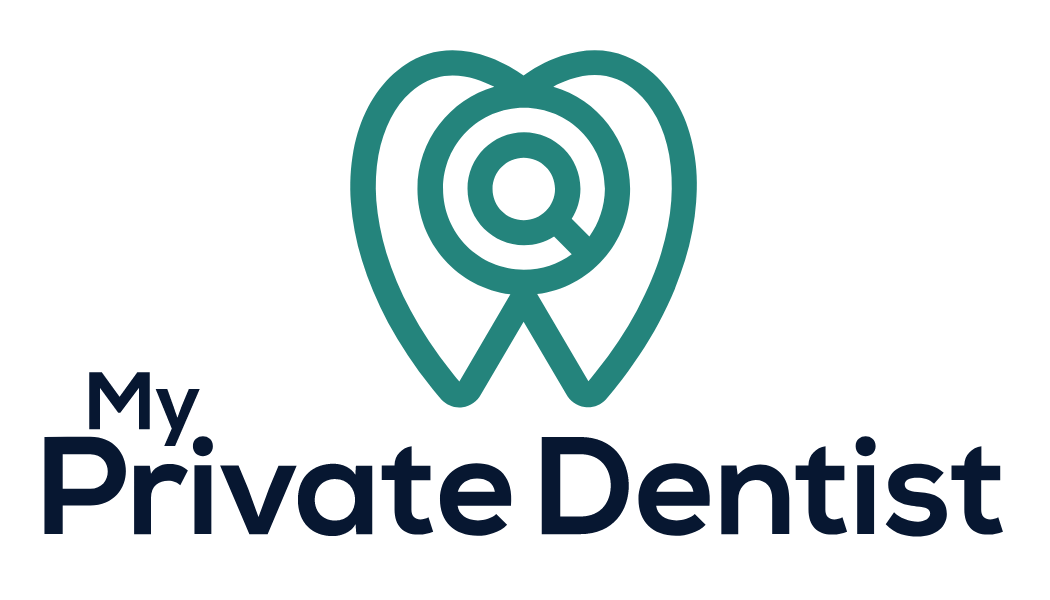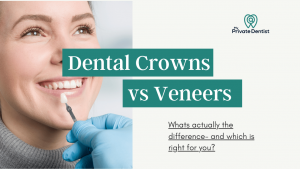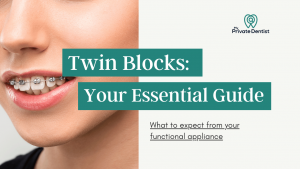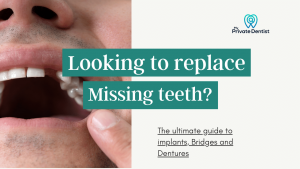Want to know how to remove stains from teeth? Brush 2 times a day with an electric toothbrush and a fluoride toothpaste to remove daily build up of stains from foods and drinks. Over-the-counter whitening pastes and rinses are useful for mild extrinsic staining, but professional treatments are more effective at lifting stains and whitening teeth.
I’m a dentist that loves her coffee, so I know first-hand the effects that food and drinks can make on teeth. Prevention is key when it comes to stains on your teeth. Brushing and flossing well, and maintaining a healthy diet and lifestyle helps to keep teeth looking bright and healthy.
Yellow teeth can affect self confidence and overall appearance, and so understandably my patients often ask how to remove stains on teeth. There are lots of over-the-counter and professional options available that promise to remove stains, but do they really work?
In this article, I will discuss different methods of how to remove stains from teeth, and which you should choose for the best results.
Table of Contents
Why are my teeth stained?
First you need to understand what is causing your teeth to be stained. This will dictate which treatment method is best for you, and help you to prevent further staining.
A quick overview of different colours your teeth may stain, and possible causes:
Yellow: Diet, poor cleaning, genetic disorder such as AI
Grey/Black: Antibiotics, trauma to teeth
Brown: Decay, tobacco
White spots on teeth: developmental defects, demineralisation (after braces), over exposure to fluoride during childhood
What is the difference between intrinsic and extrinsic staining?
There are two main types of teeth staining: intrinsic and extrinsic [1]
Extrinsic staining: when substances stain the white outer enamel surface of the tooth. It is usually easy to remove with over-the-counter/professional products.
Intrinsic staining: stains on the inner surface of the tooth, which houses the dentine and nerve. These types of stains are most challenging to remove, and over-counter or at home remedies may not be effective. For removing intrinsic staining, you should visit your dentist to consider options such as internal bleaching, or crown/ veneers.
What causes extrinsic stains?
Extrinsic staining is caused by:
Dark foods and drinks: Anything you eat or drink lands on the surface of your teeth. If it can stain your clothes, it may stain your teeth too. Consuming lots of tea, coffee, red wine and cola can cause yellow/brown staining of your enamel [1].
Smoking: Tobacco in cigarettes can cause brown stains on your teeth and tongue.
Poor oral hygiene: Unclean teeth can have a yellow/brown/green appearance. If you’re not brushing regularly, you are more prone to developing decay, which looks like brown spots.
Chromogenic bacteria in plaque: Though poorly understood, some children with poor oral hygiene are more prone to developing black stains on their teeth. It is thought to be caused by a particular type of bacteria in their plaque which is coloured. [2]
Chlorhexidine in mouthwash: If you have gum disease, your dentist may have advised you to use an oral rinse containing chlorhexidine. Although useful for controlling inflamed gums, it can cause yellow/brown staining if used for longer than 2-3 weeks.
What causes intrinsic stains?
Causes of Intrinsic Staining include:
Enamel erosion: If you drink highly acidic drinks, this can wear away the outer enamel, and expose the yellow inner dentine layers. If the drinks are coloured also, this can cause intrinsic staining and can be difficult to remove.
Ageing: As we get older, the outer enamel becomes thin and worn, revealing the yellow dentine layer underneath. As the dentine becomes more visible, teeth can appear more yellow. Dentine is also vulnerable to staining.
Trauma: A bad bang or knock to a tooth can damage the internal nerve and blood supply, and cause the tooth to die off. A non-vital tooth can appear grey/black.
Genetics: Uncommon inherited defects such as Amelogenesis imperfecta or Dentinogenesis imperfecta can cause teeth to appear discoloured. Colours can range from yellow/brown to blue/grey. [3]
Certain Antibiotics: Tetracycline has been found to cause banding/striations within the tooth.
Fluorosis: Overexposure to fluoride, when teeth are developing, can cause white spots on your teeth
How to remove stains from teeth with over-the-counter products
There are many whitening products available on the market that offer to whiten your teeth. They do have some success, but only remove everyday surface stains. They are unable to change the actual colour of your teeth.
Products that are available include toothpastes, rinses and whitening strips.
Whitening toothpastes/rinses: Help to remove everyday stains from surfaces. They often contain bicarbonate soda which makes it easier to remove stains
Whitening pens: low level bleaching agent. Unlikely to make teeth whiter but can remove some staining
Whitening strips: are effective at removing extrinsic stains. Technique sensitive. Can cause irritation to gums and sensitivity.
Whitening gels. You can buy teeth whitening gels that contain the same bleaching agents used in professional whitening: carbamide peroxide or hydrogen peroxide. Remember that the strength of the over-the-counter gels are much lower than what your dentist can prescribe. So, although they contain whitening agents, the amounts are unlikely to cause any noticeable change in the colour of your teeth.
DIY whitening trays: don’t often fit well, and allow saliva to get in- so aren’t effective at whitening. Custom trays provided by the dentist keep gel in direct contact with your teeth and keep saliva out, and so helps to whiten better.
How to remove stains from teeth with professional treatment
Professional teeth cleaning is the most effective way to remove stubborn stains and restore the natural whiteness of your teeth. During a professional cleaning, a dentist or dental hygienist will use an ultrasonic scaler to remove hard calculus deposits, and polish your teeth with pumice to remove surface stains.
They may also recommend a teeth whitening treatment to enhance the brightness of your smile. Professional teeth whitening is done with carbamide peroxide or hydrogen peroxide gel, which is placed in custom fitted trays, and is a very effective treatment. You could opt for office treatments that are carried out whilst you’re at the dentist, or at-home whitening kits.
If your tooth is grey from trauma, internal bleaching can help to lighten it.
If staining is more severe, or if you have intrinsic staining, your dentist may advise restorative options to improve the appearance of your teeth. These include veneers, crowns, and composite bonding, which cover the front surface of your teeth and mask the shade.
How to remove stains from teeth with at-home remedies
There are several at-home remedies that can help remove mild to moderate stains from your teeth, including:
- Bicarbonate and water mixed creates a mildly abrasive paste that removes stains
- Eat crunchy fruits and vegetables (such as apples and carrots) to naturally scrub your teeth. Strawberry and pineapples are thought to have whitening effects, though isn’t scientifically backed up
- Oil Pulling: Daily swish of coconut oil around your mouth to remove bacteria. There is no evidence that this actually removes staining, but it wont cause any damage to your teeth.
The following methods are NOT RECOMMENDED for removing stains
While there are many effective methods for removing stains from teeth, there are also several things you should avoid, including:
- Using baking soda and hydrogen peroxide to create a DIY teeth whitening paste/rinse. This can be dangerous and burn your gums, or cause tooth sensitivity. Hydrogen peroxide is used in professional teeth whitening gels, but the amount is controlled.
- Over-brushing your teeth more than 3 times a day, or brushing too hard can scratch away the enamel and make them more susceptible to staining.
- Activated charcoal: an abrasive powder that is thought to absorb stains in your teeth. This can cause sensitivity and erode the enamel, making teeth appear more yellow.
- Rubbing the surfaces of your teeth with peel from orange, lemon or bananas. The peels contain citric acid which can dissolve stains, but can also erode enamel.
How to prevent staining
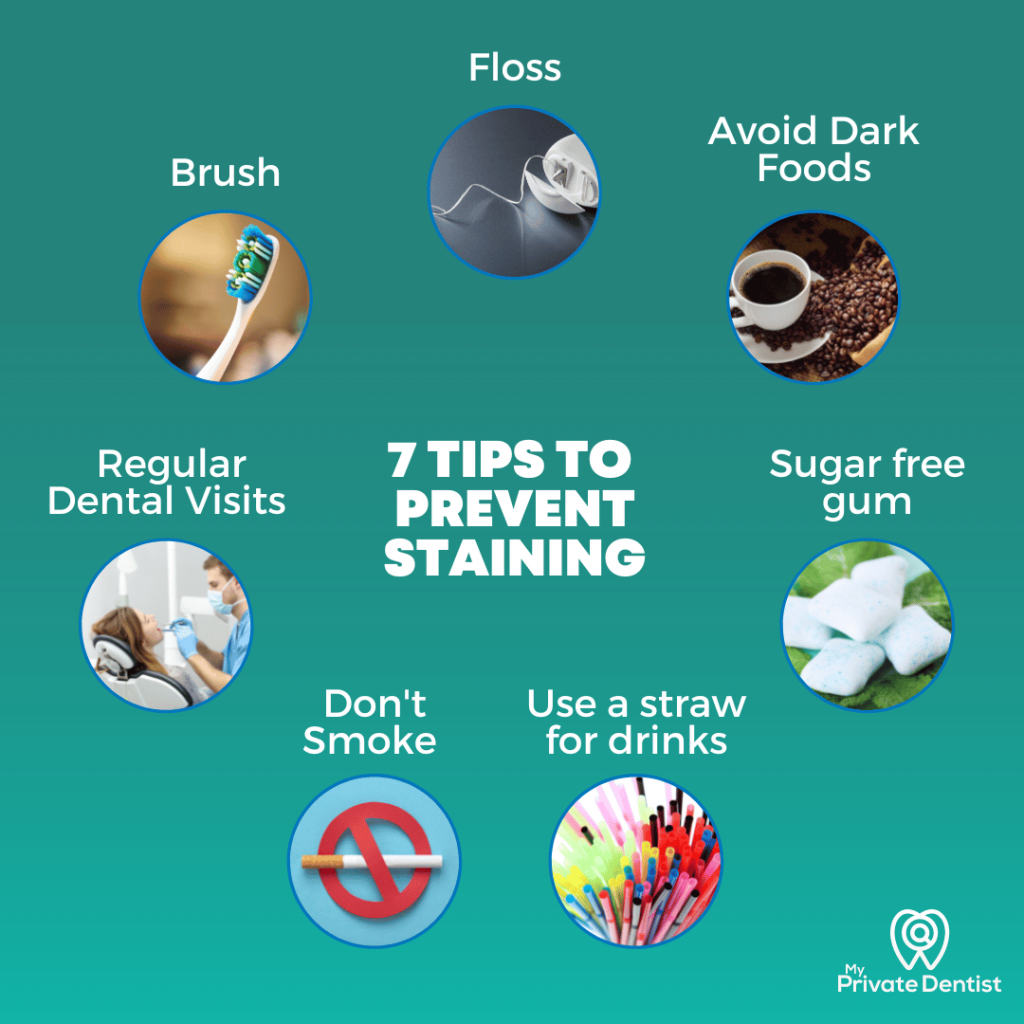
Brush well. The mechanical action of an electric toothbrush is very effective at removing and preventing staining. So practise good oral hygiene, with regular flossing (How to floss) to prevent food trapping between teeth.
Avoiding darkly coloured foods and drinks. If you drink lots of tea or coffee, rinse your mouth afterwards with water. This prevents the staining building up on your enamel.
Use a straw. Use a straw to drink coffee and red wine, which will prevent the drinks from coming into direct contact with the teeth.
Chew sugar-free gum. Chewing gum can help stimulate saliva, which acts as a natural rinse for the mouth.
Quit smoking. To prevent smoking-related staining, it is best to quit smoking.
Visit your dentist. Your dentist/hygienist will ensure teeth are clean and healthy
In conclusion
By following these tips and seeking professional dental care when necessary, you can keep your teeth bright and healthy for years to come.
It is important to note that over the counter products can only remove extrinsic staining. To change the actual colour of teeth, or for intrinsic staining, you need professional teeth whitening methods that are supervised by a dental professional. Additionally, it is always best to consult with a dentist before trying any teeth whitening remedies, as some may have harmful side effects or may not be suitable for your individual needs and circumstances.
